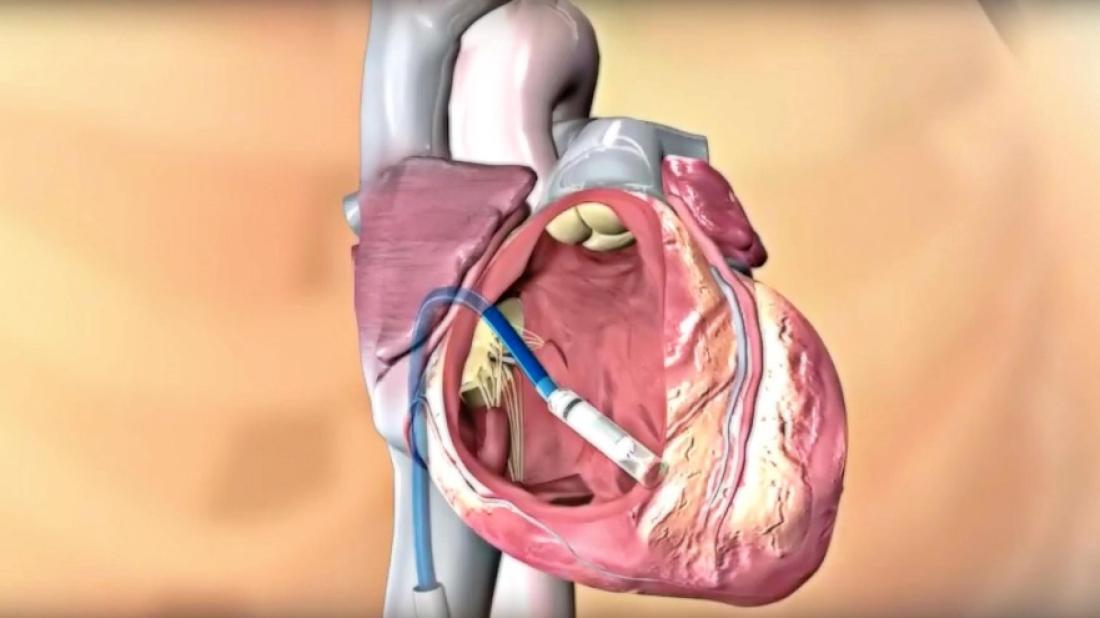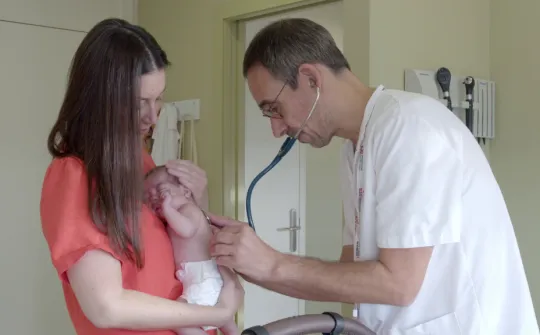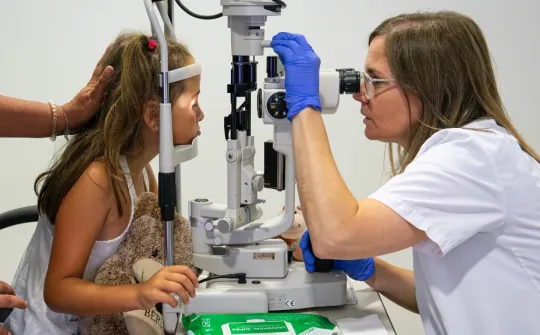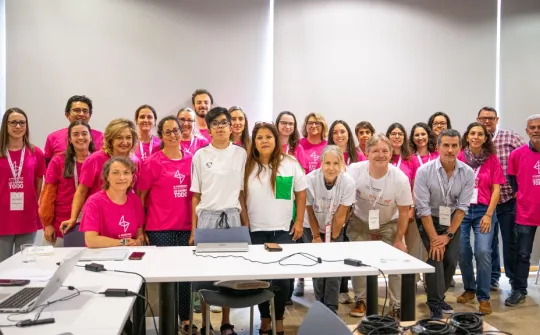
It is the first time this miniaturised wireless device has been implanted in a minor in Spain
SJD Barcelona Children’s Hospital has implanted a wireless pacemaker in the heart of a 15 year old girl who was suffering from asystolic syncope, a cardiac disorder that would cause her heart to stop and cause her to lose consciousness for up to 15 seconds at a time, putting her life in grave danger.
It is the first time a wireless pacemaker has been implanted in the heart of a minor in Spain. Traditional pacemakers use a generator with a battery that is implanted below the skin of the chest. These have two wires that run through veins to the heart. Through these wires, the generator monitors the heartbeat and emits electric pulses when it detects an anomaly.
Wireless pacemakers avoid complications in paediatric patients.
The device implanted in this case is a miniaturised device, a capsule with a volume of 0.8 cm3 and a weight of two grams that does not need wires and can be placed directly inside the heart. Implantation of this type of pacemaker, developed by MedTronic, is already used in adults but it had not been implanted in children or adolescents until now, and is only indicated for paediatric patients who need continuous cardiac stimulation.
“By implanting this pacemaker, we hope to preserve the patient’s veins and avoid the complications that can be caused by the wires, both when they are implanted and later”, indicated Georgia Sarquella, a cardiologist at SJD Barcelona Children’s Hospital’s Arrhythmias Unit, who implanted the device together with José María Tolosana, a cardiologist at Hospital Clínic.
How is the pacemaker implanted?
Surgeons deploy the pacemaker using a catheter via the femoral vein located in the patient’s groin and guide it to the heart, where it is deposited and fixed to the endocardium, as shown in this video.
SJD Barcelona Children’s Hospital’s Arrhythmias Unit is the only national reference centre for the treatment of paediatric arrhythmias, and coordinates the paediatrics sub-network of the European Commission’s European Reference Networks. It sees more than 2,500 children with multiple conditions annually. Currently, the unit implants around 20 pacemakers per year and is conducting follow-up of more than 100 children with this device.



